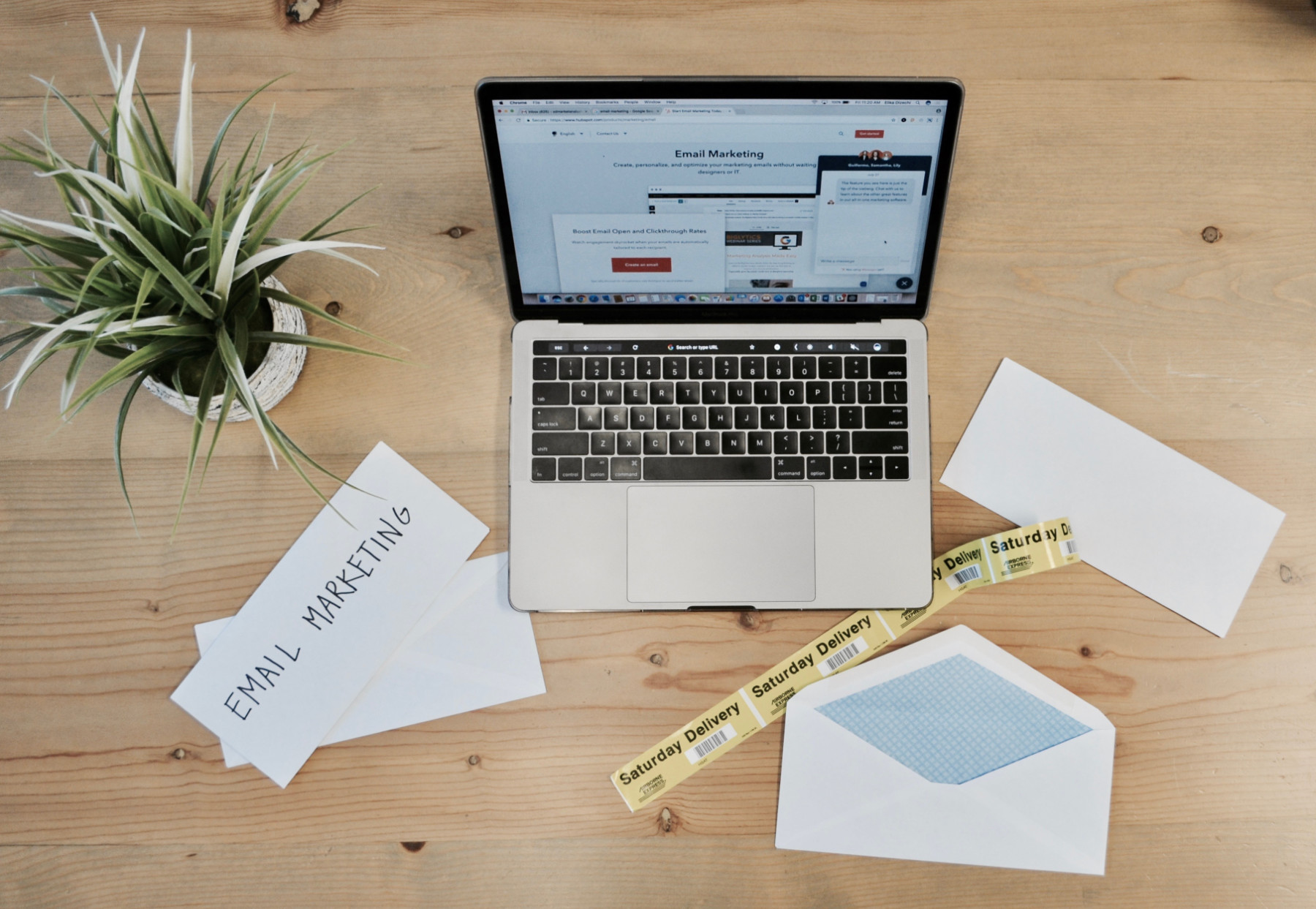Are you using email marketing for your nonprofit? If you are, then you know that it’s a powerful tool that helps you reach your supporters, build relationships, and raise funds.
If you’re not, keep reading. In this blog, we’ll share why we recommend email marketing for nonprofits, how to get started, and best practices for results.
Why is email marketing valuable for nonprofits?
Before we dive in, let’s talk about why email marketing is a perfect fit for your nonprofit.
Here’s why our director of digital marketing, Sonya Schweitzer, loves email marketing. “It’s one of the only marketing channels you own besides content,” she says. “If you own that, it’s not like social that can change its rules or algorithms. You own this list and you can always have the ability to reach out to your audience through your email marketing. It allows you to speak to your audience, and more importantly, if social media platforms disappear, you still have your email marketing list.”
Plus, email marketing’s fast to get off the ground. Let’s say you’re using printed brochures or mailers. Those take time to get to your print vendor and back. And to get them delivered, you’ll need to collect mailing addresses and standardize them. But the most popular email marketing platforms offer templates so that you can plug in your logo, content, and list of emails—and then send away.
It’s cost-effective. Popular email marketing platforms like Mailchimp and Constant Contact provide a lot of value for minimal cost, depending on the size of your contact list and the number of emails you’re sending. Some platforms even offer free plans or reduced prices for nonprofits, making the value for nonprofits that much better.
It’s accessible. By following best practices for email accessibility, your nonprofit’s email campaigns are available to audiences of all abilities.
And it’s a direct line to your supporters. When you send an email, you’re speaking directly to your supporters. This gives you the opportunity to connect with them on a personal level and share your mission and impact.
So, when is email marketing a good marketing choice for nonprofits?
Always! In every scenario that we can think of, email marketing is valuable. We feel that it’s integral to every nonprofit’s marketing and communications efforts.
Here are some ways that your nonprofit can use email marketing:
- Monthly or bimonthly newsletters
- Event announcements and reminders
- Thought leadership
- Success stories
Here’s how we recommend getting started.
- Get your contact list together. Your nonprofit probably has a list floating around the office with donors, volunteers, or event attendees on it. That’s a starting point. To grow your list, you can add a signup form to your website, ask for email addresses when people RSVP for events, and promote your email list through social media.
- Decide on your cadence. What are you sending, when, and how frequently? You might decide, for example, to send a calendar of upcoming events once per month, success stories or commentary on current issues twice per month, and a newsletter every other month.
- Figure out what to include. Don’t only send emails when you want donations. Instead, send stories about the individuals and communities that your nonprofit serves. If all you do is send appeals, your audience will start to ignore your emails. But with the right mix of success stories, insightful thought leadership, and information about opportunities to get involved, you’ll keep your audience engaged.
- Use the right voice. Sonya’s advice is this: “You want to be speaking in your brand voice, but you don’t want that brand voice to be too corporate. If your list is mostly personal email addresses, you want to be professional, but not necessarily corporate. You want to speak to your audience in the right way.”
- Start sending. Email marketing is an ongoing process. You can continually refine your email marketing strategy by experimenting with different content, optimizing subject lines, adjusting your cadence, and making other improvements. However, the key is to take the first step and begin sending emails.
How do you achieve the best results with email marketing?
Goals. Understand your nonprofit’s goals, your overall marketing goals, and how your email marketing helps you reach those goals. “What is the business development goal?” Sonya asks nonprofits who are thinking through their email marketing strategies. “Is it donor goals for the year? Put the plan around that so that you don’t have an overlap of emails.”
Design. Make sure that you have an attractive design for your emails and that you use great subject lines. While email marketing platforms offer premade templates, our practice is to create custom templates for our partners so that their emails stand out from the crowd and align neatly with their branding.
Analytics. With email marketing, you can tell who’s opening your emails and what links they’re clicking. Monitor these key metrics (called open rates and clickthrough rates) to refine your email marketing strategy. This data helps you know what your audience cares about—so tailor your emails accordingly.
Ownership. Avoid spamming your audience by ensuring that every email you send provides value. Because email can be quick and easy to send, it’s tempting to use it to send a bunch of reminders and announcements ad hoc without a real strategy. Stick to your planned cadence and consistently send meaningful content that aligns with your audience’s interests and expectations.
Conclusion
It all comes down to this: Never underestimate the power of email marketing for your nonprofit.
What we’ve seen with our partners proves that email marketing is an invaluable and effective strategy for nonprofits. If you want our help getting started with email marketing—or bringing it to the next level—don’t hesitate to reach out to our team.

